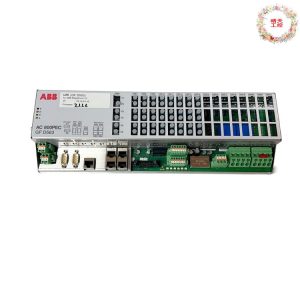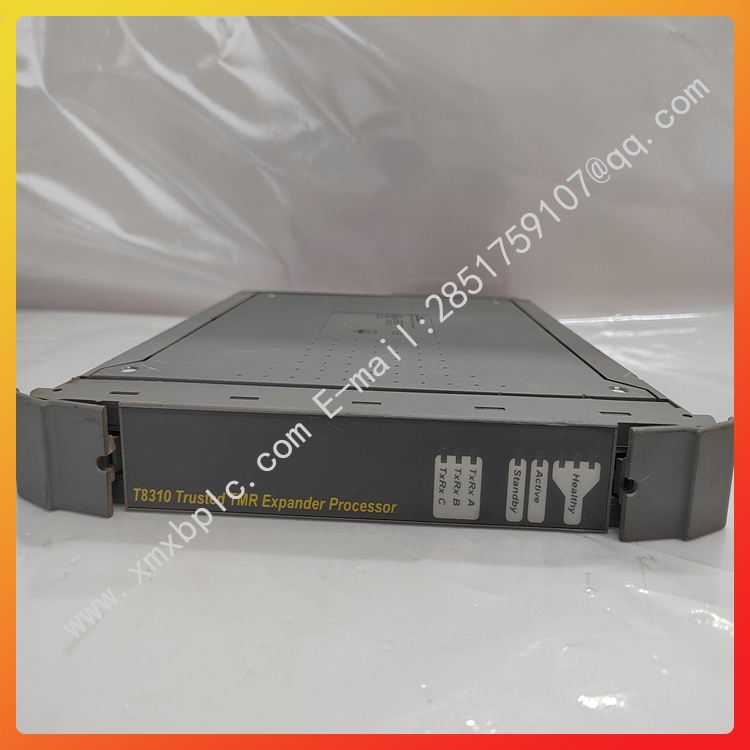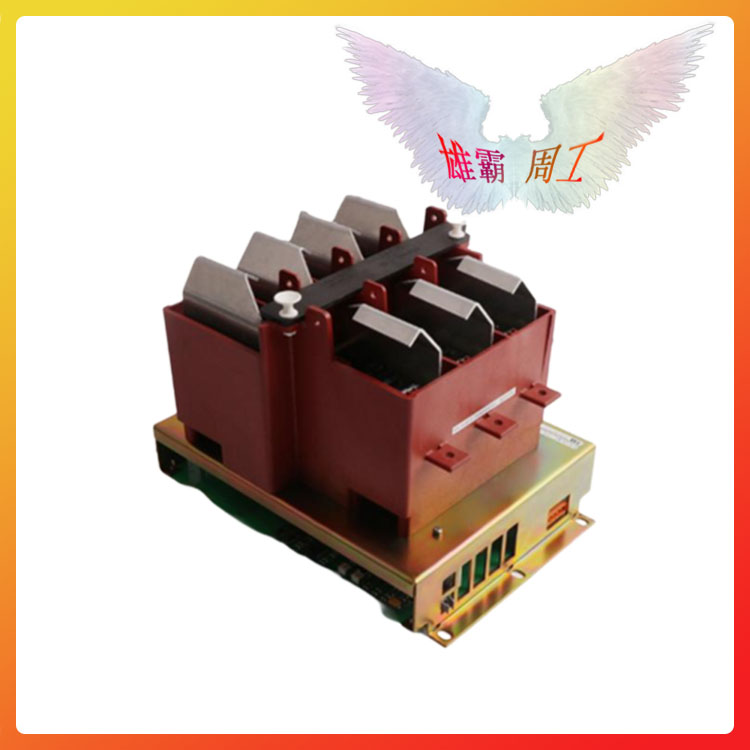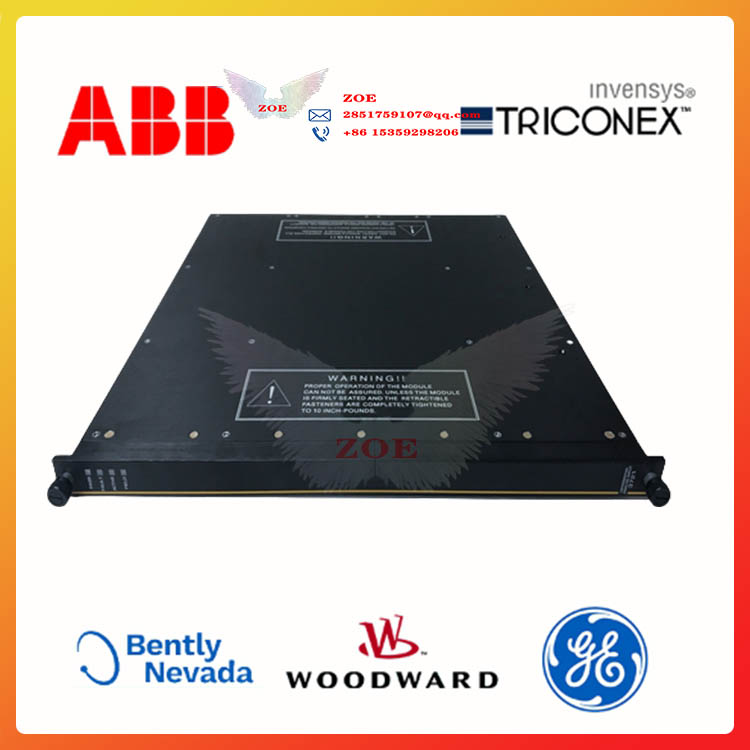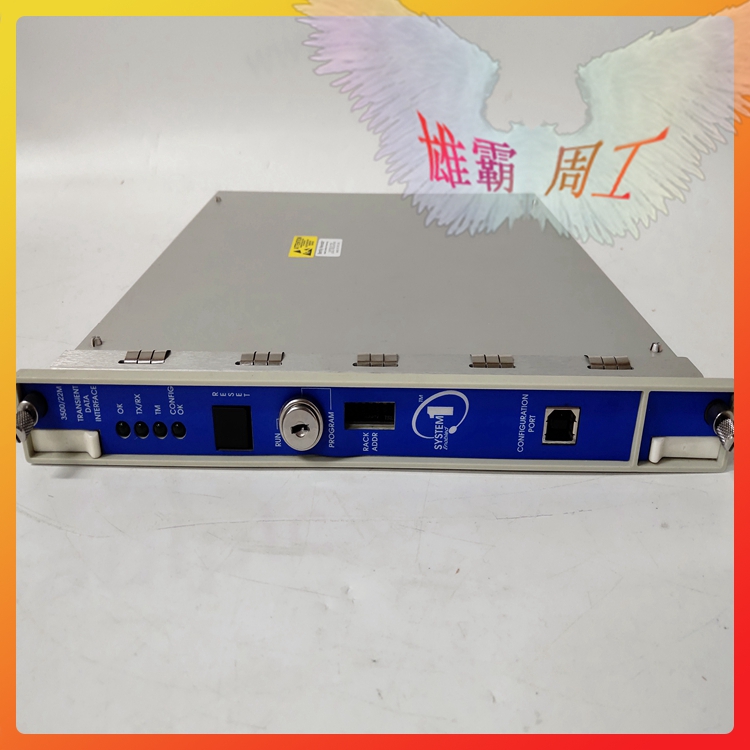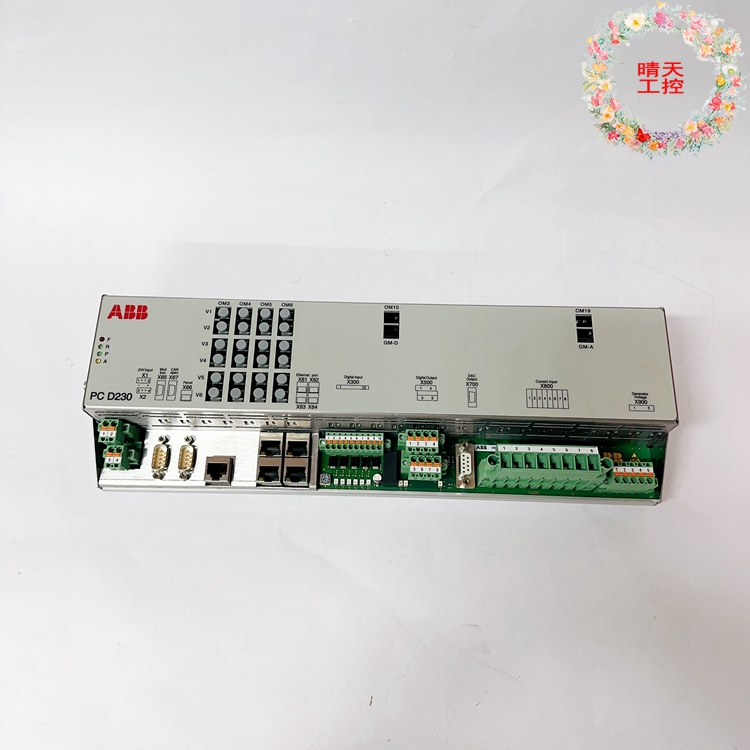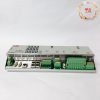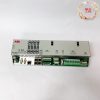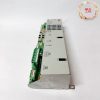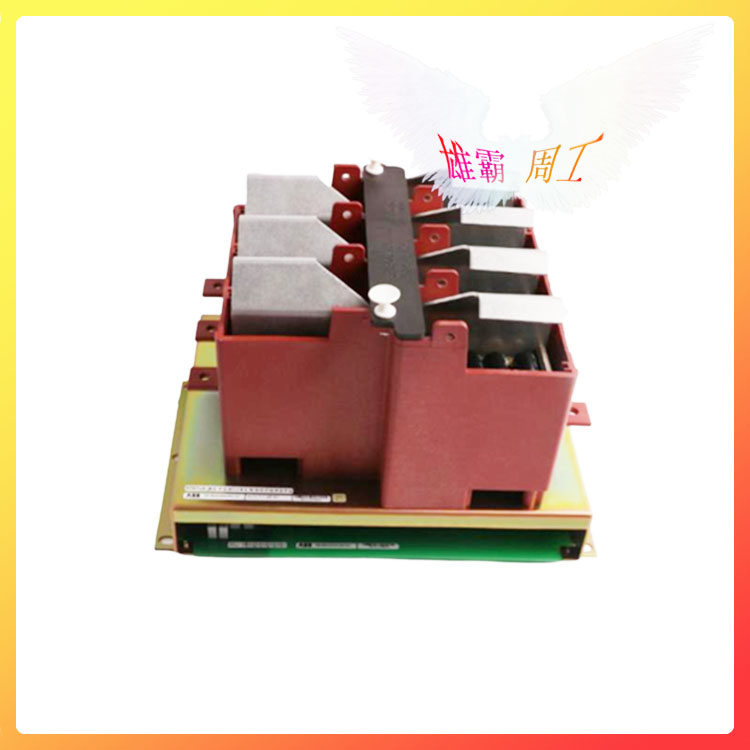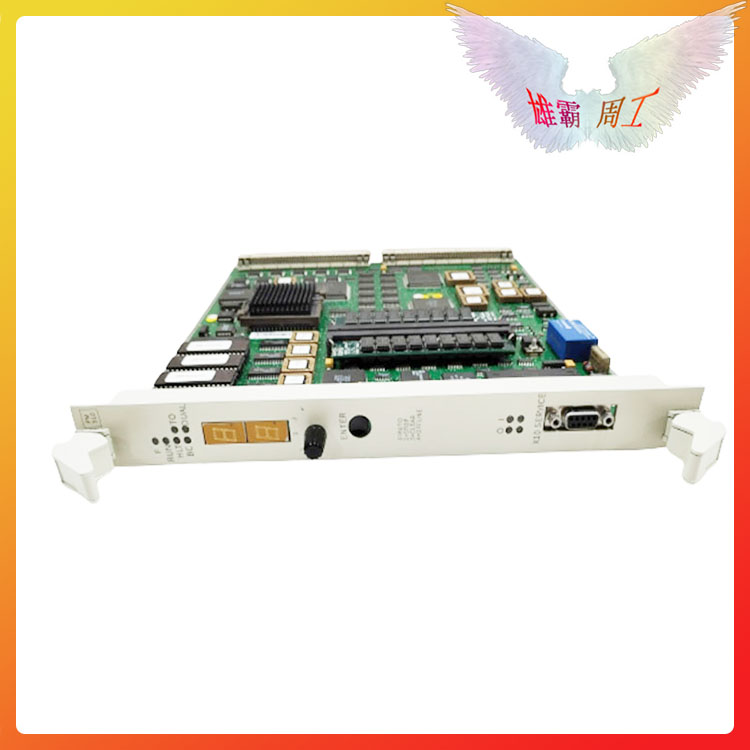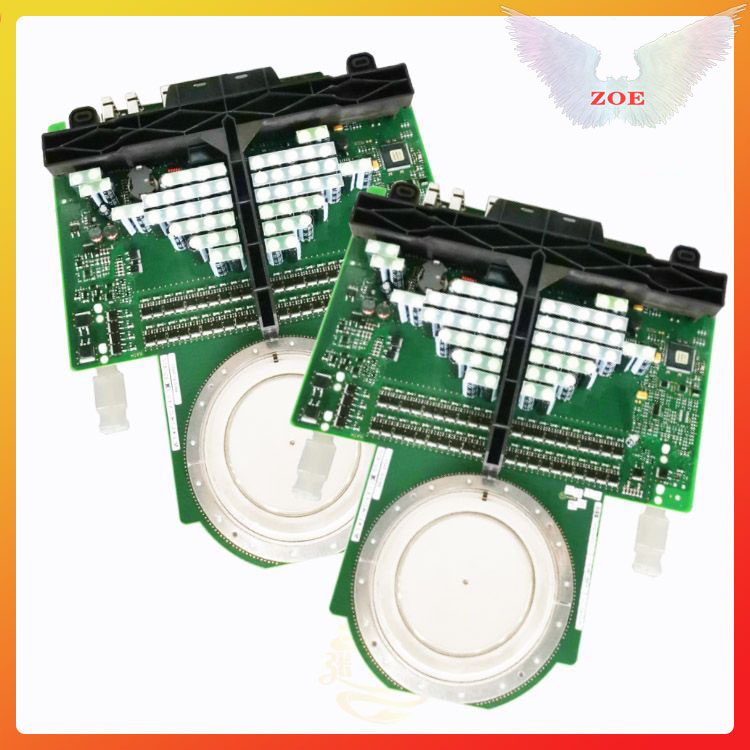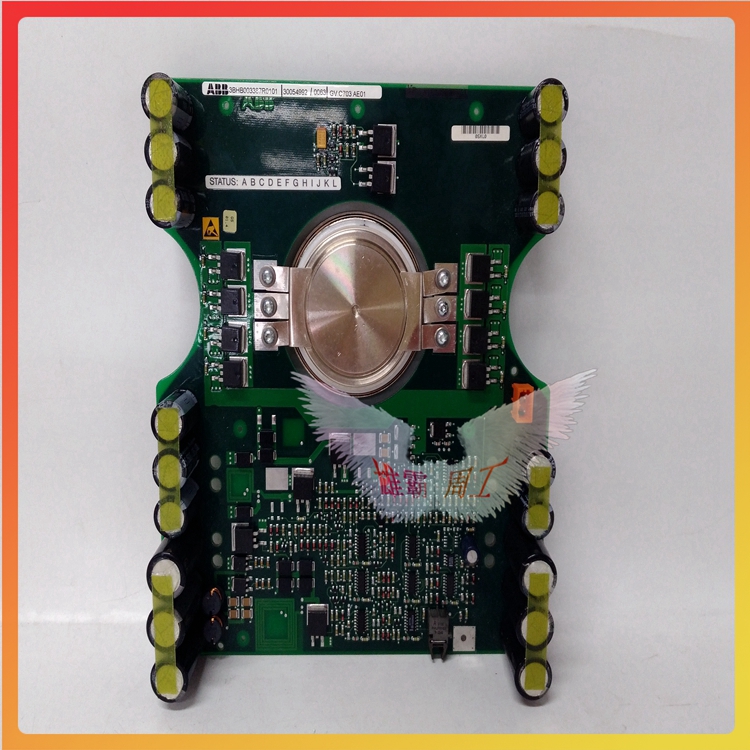PCD230A101 3BHE022291R0101 ABB Central Processor control unit
Brand ABB Color Standard Application Industrial height 211mm rated current 280mA
Protection Level IP45 ADAPTS to motor power 330KW Application Area Power Industry BOM Number GJR2391500R1220 Power industry HIEE401782R0001 Part Number PCD230A101 3BHE022291R0101
Applicable pipe 2 Whether imported is weighing 9.8 kg can be sold nationwide
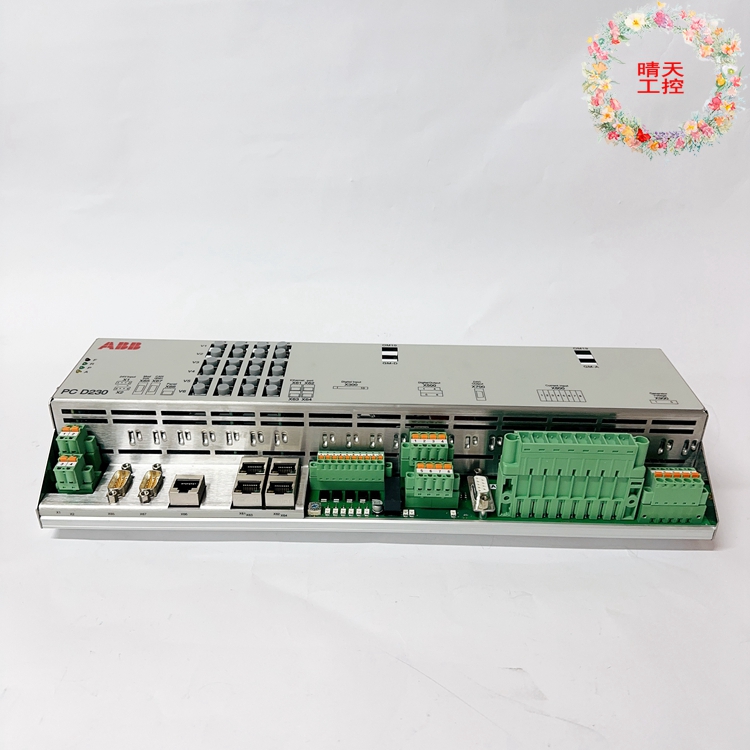
CD230A101 3BHE022291R0101 ABB Central Processor control unit
ABB excitation controller (also known as excitation equipment controller) is mainly composed of exciter (TP), AC contactor (FP), AC driver (DP) and excitation control system (TS). Exciter is one of the most important components of ABB. The excitation controller (TP) is one of the most important parts of ABB (ABB master controller). The ABB excitation controller (TP) converts the excitation voltage into an AC voltage output (IO). The role of the AC contactor (FP) is to release the direct current generated by the ABB master controller by heating the excitation coil below the required operating temperature. Dcf803-0050, 3BHE030579R0006, SDSC-FEX-4, 3ADT314500R1001, PCD230A, UNITROL 1010, UNITROL 1000-15 10401695, UNITROL 1020, UNITROL 1020-0006. 3BHE030579R0003
1. Excitation control system
The main control modes of excitation controller are: adaptive mode control (automatic multi-timemulti-charge), reactive power compensation and overload compensation. Excitation control system can be divided into reactive power control system (EMI) and reactive power compensation system (DMTC). EMI is mainly composed of reactive power compensation devices, which are compensated by reactive power method. DMTC is mainly compensated by current transformer, usually by three-phase compensation or two-phase semi-compensation. DMTC is often used in some occasions that do not require frequent starting or insufficient reactive current, but if there is a higher frequency of excitation current; DMTC is a kind of rectifier drive device composed of three-phase compensation, which can be used to control the current harmonic content in the case of low; At the same time, with the development of control technology and the expansion of application range, DMTC has basically replaced the traditional reactive power compensation device and applied in reactive power compensation. At present, ABB’s production environment is relatively complex; So the service life is relatively short; When the power factor is low, the current harmonic content is high and the frequency is high, the FCWS system can not be used to compensate the scheme. Need to control the excitation current of the environment parameters such as: magnetic flux density; Need to compensate for reactive power occasions: such as fans, generators, etc.; Need to field current frequency applications: such as motor, motor controller, etc. The purpose of controlling reactive power, current and frequency is achieved by the above control means. The excitation control system is composed of the excitation regulating circuit and the excitation flux display regulator. The excitation permanent magnet AC driver plays the driving role.
Two, excitation control principle
The output of the exciter is direct current, so it is very little affected by alternating current. However, if there is a large impact on the power grid, overvoltage or short circuit current, the excitation control system can not work stably, and when the power grid has a large frequency deviation, the excitation controller is prone to transient overvoltage phenomenon, resulting in power grid impact, overvoltage accident and circuit breaker trip. In addition, if the control accuracy of the excitation control system is poor, there will be overvoltage or short circuit phenomenon. Since the excitation controller itself does not work, its control system (TS) is in an intermediate state. Therefore, its control signal is directly fed back to the control system (TP). When the excitation controller output signal is zero, the excitation controller can not be used as a load (such as: frequency converter), only when the signal is sent by the AC driver, the exciter can be used as a load and produce a control signal that acts on the grid frequency, voltage and current to achieve the regulation and control function of the grid voltage and current (such as: frequency converter).
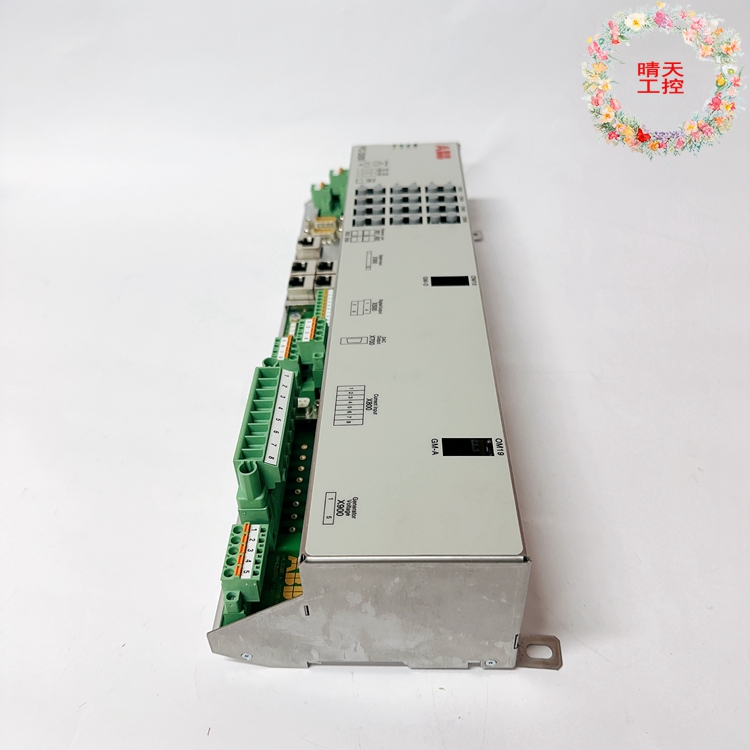
PCD230A101 3BHE022291R0101 ABB Central Processor control unit
ABB 07KT97B
ABB 07KT97F1
ABB 200900-004
ABB 35AE92
ABB 3BHB003689
ABB 3HAB3700-1
ABB 3HAB8101-8/08Y
ABB 3HAC025466-001
ABB 3HAC031683-001
ABB 3HAC14550-2/09A
ABB 3HAC14550-4/04B
ABB 3HAC17326-1/02
ABB 3HAC17346-1/01
ABB 3HAC4776-1/1
ABB 3HNA000512-001
ABB 3HNE00313-1
ABB 61615-0-1200000

